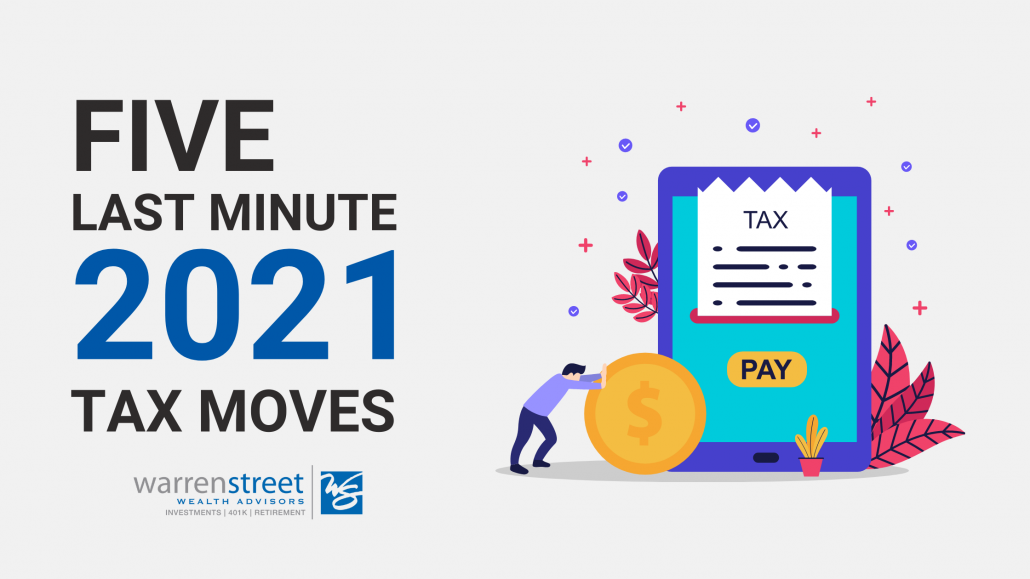How Can I Give My Kids a Head Start on Investing?
The earlier you start investing, the better. You’ve likely heard this advice before, and hopefully it’s helped you make some smart financial moves. But there’s one group that may not yet know this bit of investing wisdom: the kids in your life.
Whether you have kids, grandkids, or nieces and nephews, these youngsters have an enormous asset on their side: time. Helping them get an early start with investing can give them a huge financial boost. The good news is that there are a lot of ways you can help set up the next generation for financial success. Let’s explore some options.
529 Plans: A Great Tool for Future Education Costs
With rising education costs, 529 plans are often the first type of investment account that parents open for their children. It makes sense. They’re one of the best tools available for long-term education savings.
You probably already know the main benefits: tax-deferred investment growth, tax-free withdrawals for qualified education expenses and no federal contribution limits (though gift tax may apply beyond annual contributions of $19,000 for 2025). Friends and family can contribute, and funds can be used for a growing range of expenses: college, of course, but also up to $10,000 per year for K–12 tuition. And excess funds can be rolled over to another family member, used to pay for grad school or even used to pay off student loans.
Custodial Accounts: More Flexibility but Less Control
But what if you want to help your child invest toward future expenses not covered by a 529 plan, like car repairs, travel or the down payment on a house? That’s where custodial accounts might be appropriate. UGMA (Uniform Gifts to Minors Act) and UTMA (Uniform Transfers to Minors Act) accounts are typically easier to set up than a trust and can accomplish some of the same goals.
Custodial accounts let you invest in a variety of assets in a child’s name, including stocks, bonds, mutual funds and even real estate. UTMA accounts also let you hold complex assets like art and intellectual property. There are no contribution limits, and the funds can be used for anything that benefits the child while they’re still a minor. However, your child takes complete control over the account when they reach adulthood (usually age 18–21, depending on the state). At that point, they can use the funds for any purpose.
Note that investment earnings may be subject to the so-called kiddie tax. For 2025, that means the first $1,350 of unearned income is tax-free, the next $1,350 is taxed at the child’s marginal rate, and anything above that may be taxed at the parent’s marginal tax rate. Another word of caution: Custodial accounts are considered the child’s asset, which may impact financial aid eligibility more than a 529 plan would.
Roth IRAs: Even Kids Can Start Saving for Retirement
If you’re thinking even longer-term, you can help your kids start saving for retirement by opening a custodial Roth IRA on their behalf. Roth IRAs allow them to enjoy decades of tax-free investment growth and tax-free withdrawals in retirement.
To fund any IRA, the child must have earned income—such as from babysitting gigs or slinging ice cream over the summer. Those contributions cannot exceed their total earnings or the $7,000 annual limit (for 2025), whichever is lower. Then, once the child reaches adulthood (usually 18–21, depending on the state), they can transfer those savings to a new account to keep building a bright financial future.
Beyond Investment Benefits: Teaching Financial Literacy
One of the best financial gifts you can give a child isn’t just money—it’s knowledge. And opening an investment account is an opportunity to introduce your family to some of the most important concepts in personal finance.
You can start by talking to your kids about budgeting, saving and what it means to invest. Review account statements with them to highlight the power of compounding and the benefits of tax deferral. Use the target-date portfolios in a 529 plan to teach your kids about the value of diversification. Bring them into decisions when picking investments for a custodial account or Roth IRA. It’s a great chance to discuss the long-term advantages of choosing broader market exposure over trying to pick single stocks.
The earlier a child understands how money and investing works, the better their odds for achieving long-term financial goals. We’re here to help you give them that head start—whether it’s setting up accounts, discussing financial strategies or sharing more ideas for teaching kids about money.

Veronica Cabral
Wealth Advisor, Warren Street Wealth Advisors
Investment Advisor Representative, Warren Street Wealth Advisors, LLC., a Registered Investment Advisor
The information presented here represents opinions and is not meant as personal or actionable advice to any individual, corporation, or other entity. Any investments discussed carry unique risks and should be carefully considered and reviewed by you and your financial professional. Nothing in this document is a solicitation to buy or sell any securities, or an attempt to furnish personal investment advice. Warren Street Wealth Advisors may own securities referenced in this document. Due to the static nature of content, securities held may change over time and current trades may be contrary to outdated publications. Form ADV available upon request 714-876-6200.






